Ho Dynasty Citadel is located in Vinh Loc district (Thanh Hoa province), built by Ho Quy Ly in 1397, also known as Tay Do to distinguish it from Dong Do (Thang Long - Hanoi ). After building the citadel, Ho Quy Ly moved the capital from Thang Long to Tay Do.
This is the only majestic and unique stone citadel remaining in Southeast Asia. The four sides of the citadel are surrounded by stone walls with a total volume of about 20,000m3 of stone and nearly 100,000m3 of excavated soil.
Japanese tourists visit and experience the Ho Dynasty Citadel Heritage Site. Photo: Ho Dynasty Citadel Heritage Site
Right from the first recognition of highly valuable and especially important relics of the country in 1962, the Ho Dynasty Citadel was ranked as a national relic. Since then, two more relics in this area have been recognized at the national level: Nam Giao Altar and La Thanh.
On June 27, 2011, at the 35th Session, the World Heritage Committee officially decided to include the Ho Dynasty Citadel in the List of World Cultural and Natural Heritage.
The World Cultural Heritage of Ho Dynasty Citadel includes the three national relics mentioned above along with the citadel moat relics, underground archaeological relics, ancient villages, pagodas, caves, and the entire mountain and river landscape related to Ho Dynasty Citadel.
According to Mr. Nguyen Ba Linh, Director of the Ho Dynasty Citadel Heritage Conservation Center, after 14 years of Ho Dynasty Citadel being recognized as a World Cultural Heritage, the unit has implemented a series of strategic tasks contributing to effectively implementing commitments to UNESCO, preserving the integrity, authenticity and outstanding global value of the heritage.
In particular, tourism activities are also actively innovated, diversified and developed by the Center, contributing significantly to socio -economic development.
Currently, many attractive tourism products have been and are being deployed in the heritage area. The center has put into operation the exhibition of "Western Capital agricultural culture space", with the aim of introducing to the public traditional farming tools, the simple and honest life, the industrious and creative spirit of farmers, containing the cultural heritage values and quintessence of our ancestors.
To promote the value of relics and artifacts related to the Ho Dynasty, and artifacts recently excavated, the Ho Dynasty Citadel Heritage Conservation Center has put into operation an outdoor exhibition space for artifacts, a display of cannon models and reforms of the Ho Dynasty, a space for displaying archaeological artifacts, and a space for displaying stone fortifications as a new check-in point at the South gate of the citadel.
In particular, when visiting the Ho Dynasty Citadel Heritage, tourists can choose new sightseeing routes by electric car service.
According to Mr. Linh, the Center is currently including the adjacent relics in the buffer zone in the heritage tour program by building 4 tour routes: Ho Dynasty Citadel - to the heritage area; Ho Dynasty Citadel - traditional villages; Ho Dynasty Citadel - the spirituality of the buffer zone; Ho Dynasty Citadel - relics and landscapes of the buffer zone.
Application “360 tour of Ho Dynasty Citadel” on digital platform. Photo: Ho Dynasty Citadel Conservation Center
Mr. Linh said that with the goal of developing tourism at the World Cultural Heritage of Ho Dynasty Citadel in a sustainable manner, the unit will focus on developing typical tourism types such as traditional festivals; community tourism; strengthening links to create tourism routes connecting destinations. At the same time, exploiting art forms and traditional craft villages to serve tourism in combination with organizing activities to promote and advertise domestic and foreign tourism.
“Therefore, UNESCO has highly appreciated the heritage conservation work at its annual meetings. Local communities and visitors have also evaluated and responded positively to the innovative activities at the heritage,” said Mr. Linh.
Source: https://congluan.vn/khai-thac-ben-vung-du-lich-di-san-thanh-nha-ho-10285226.html


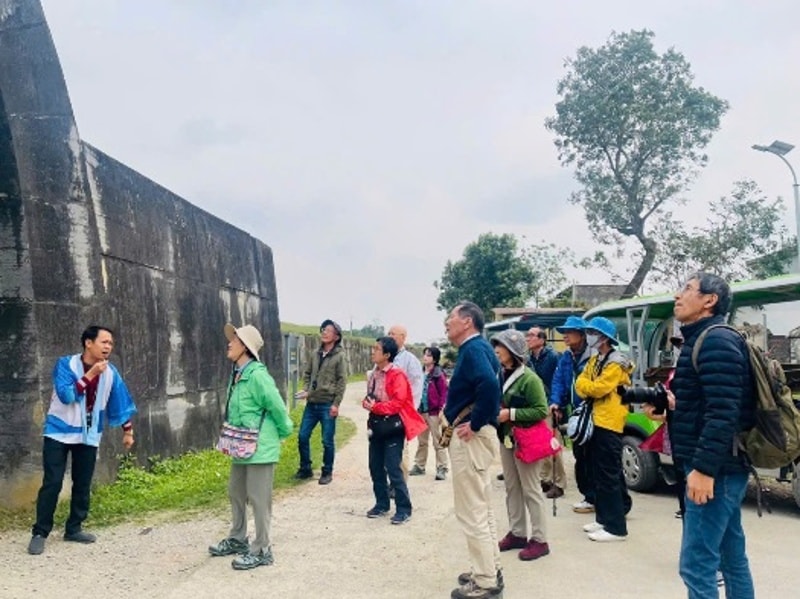
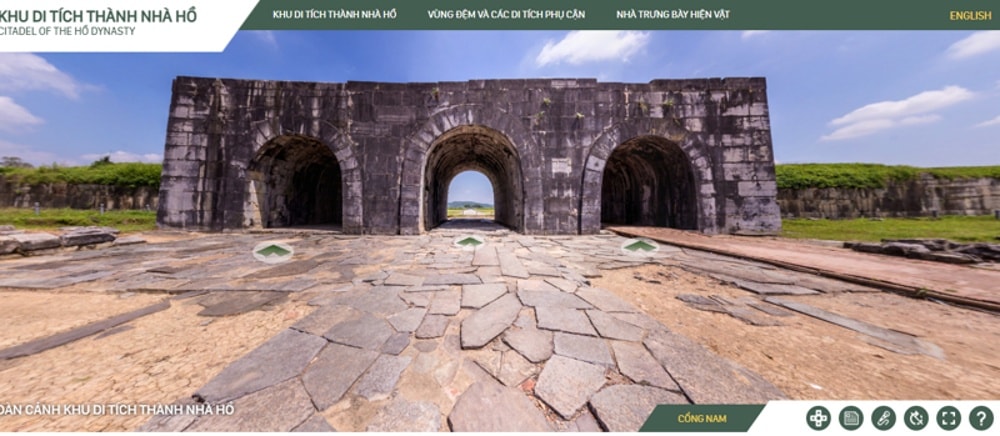
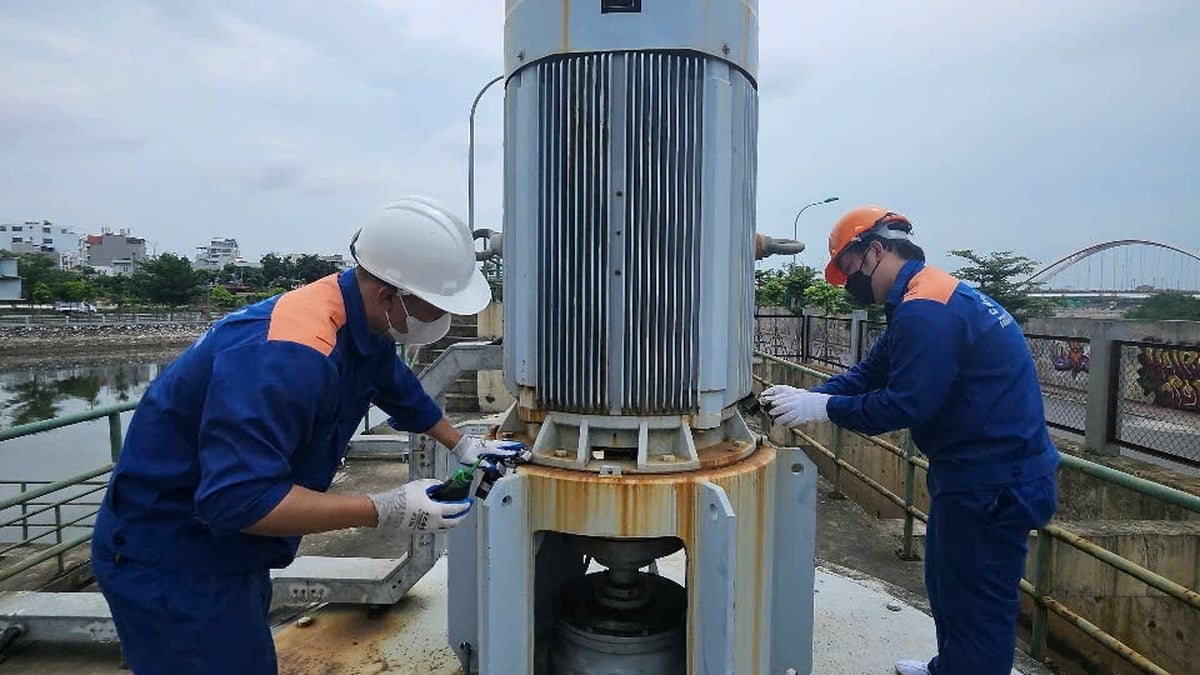
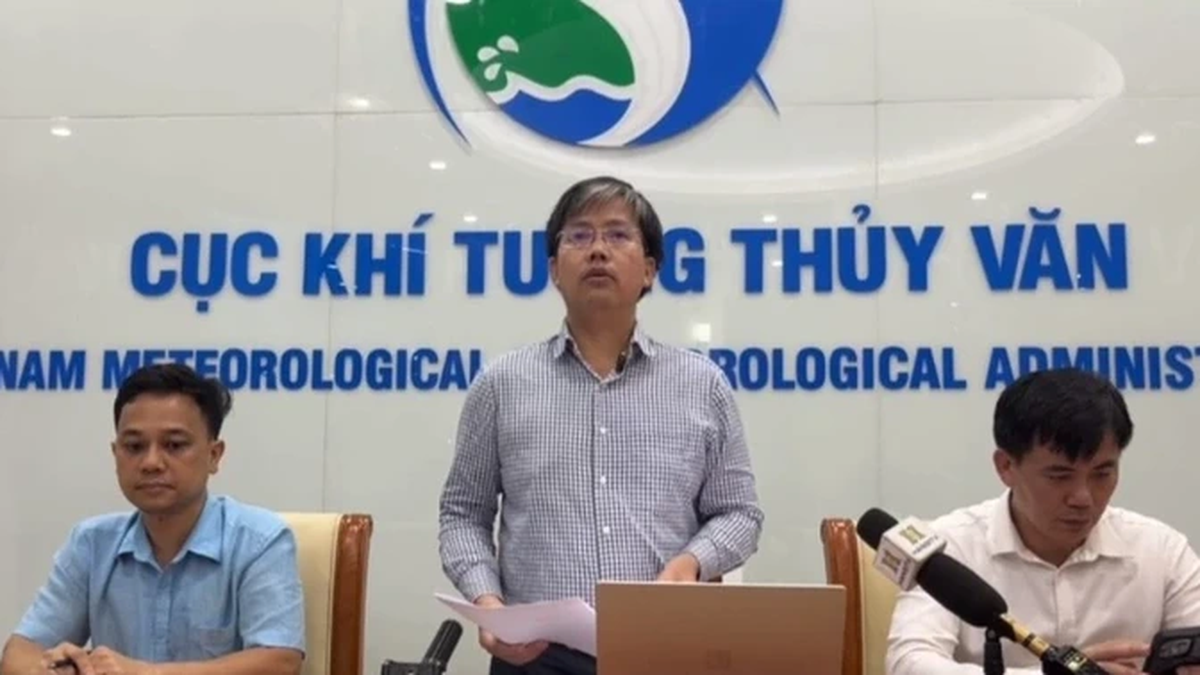
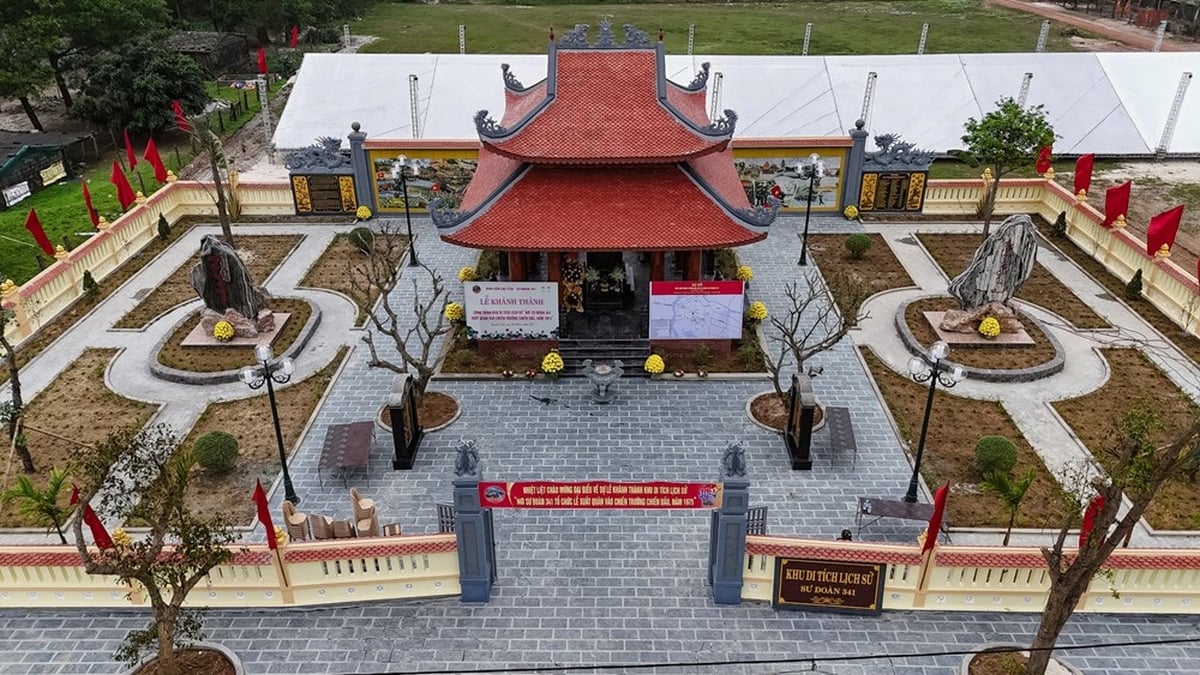
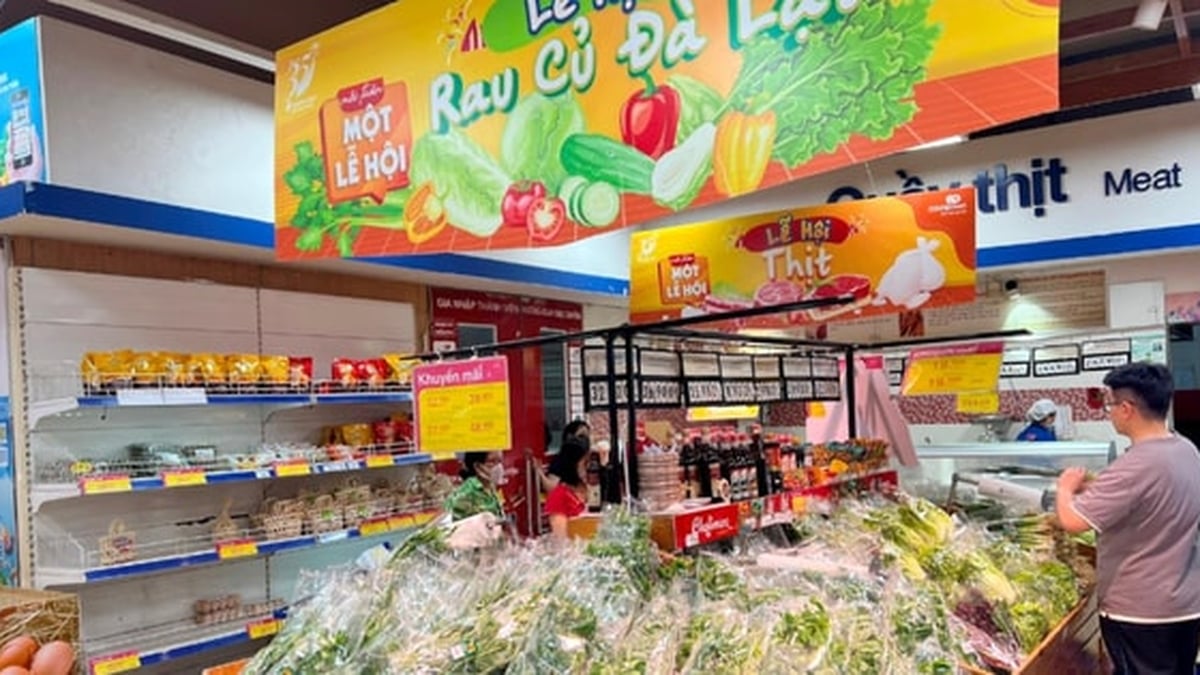


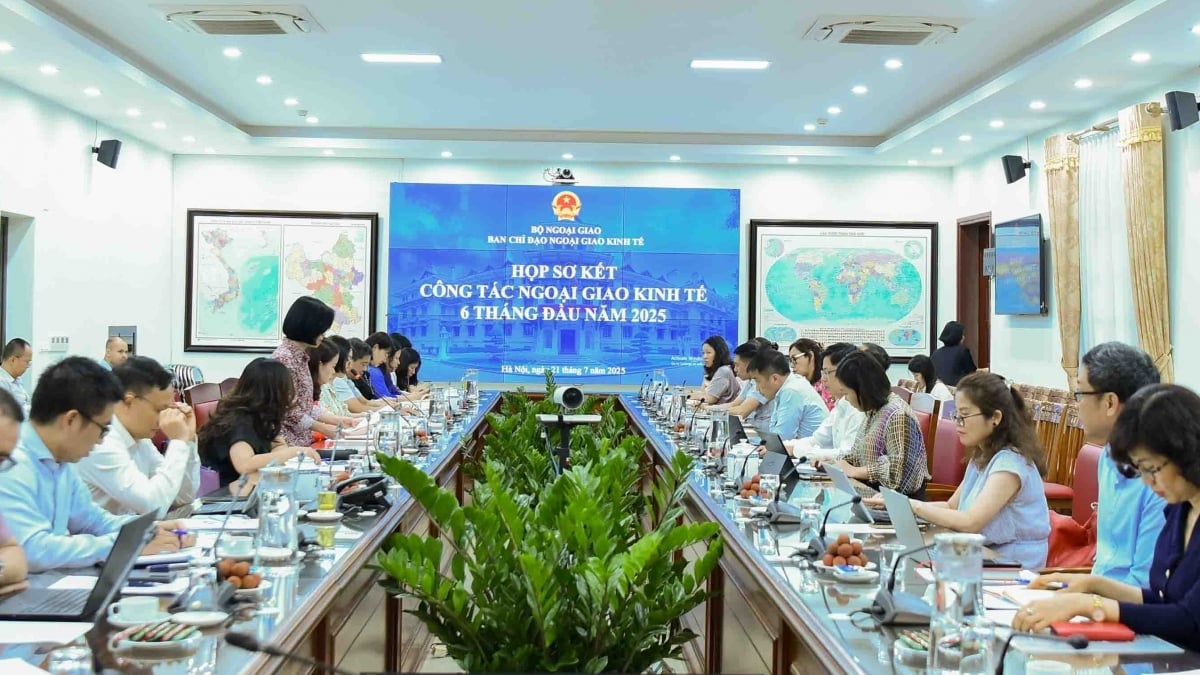

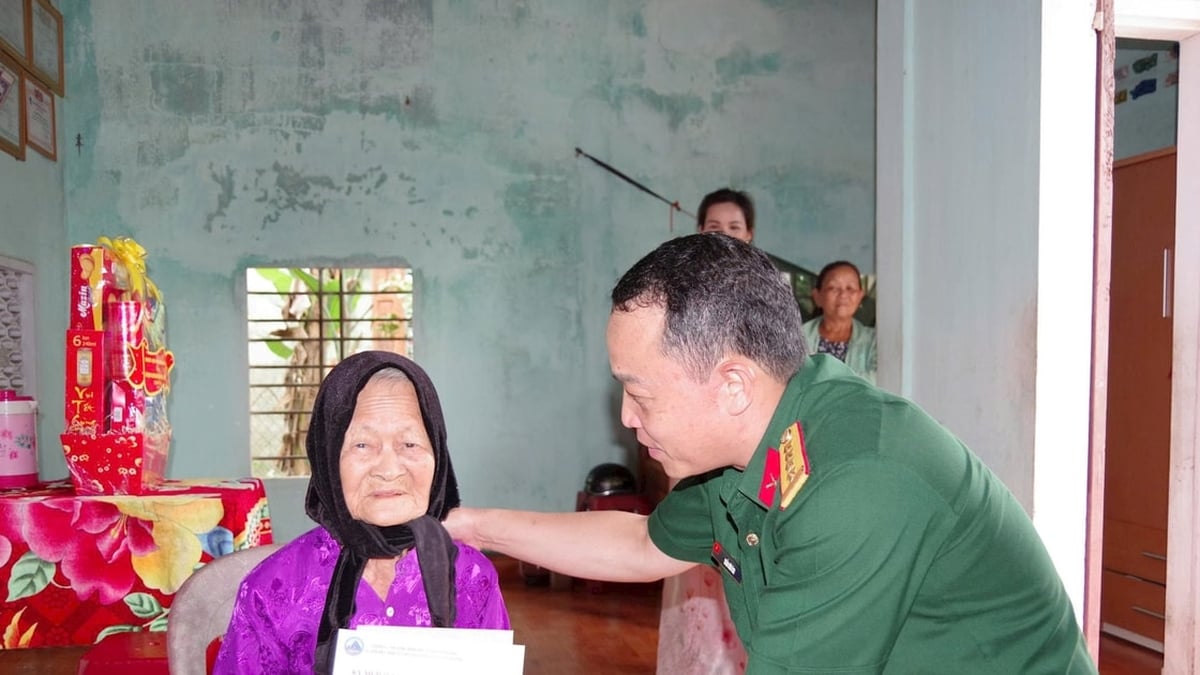
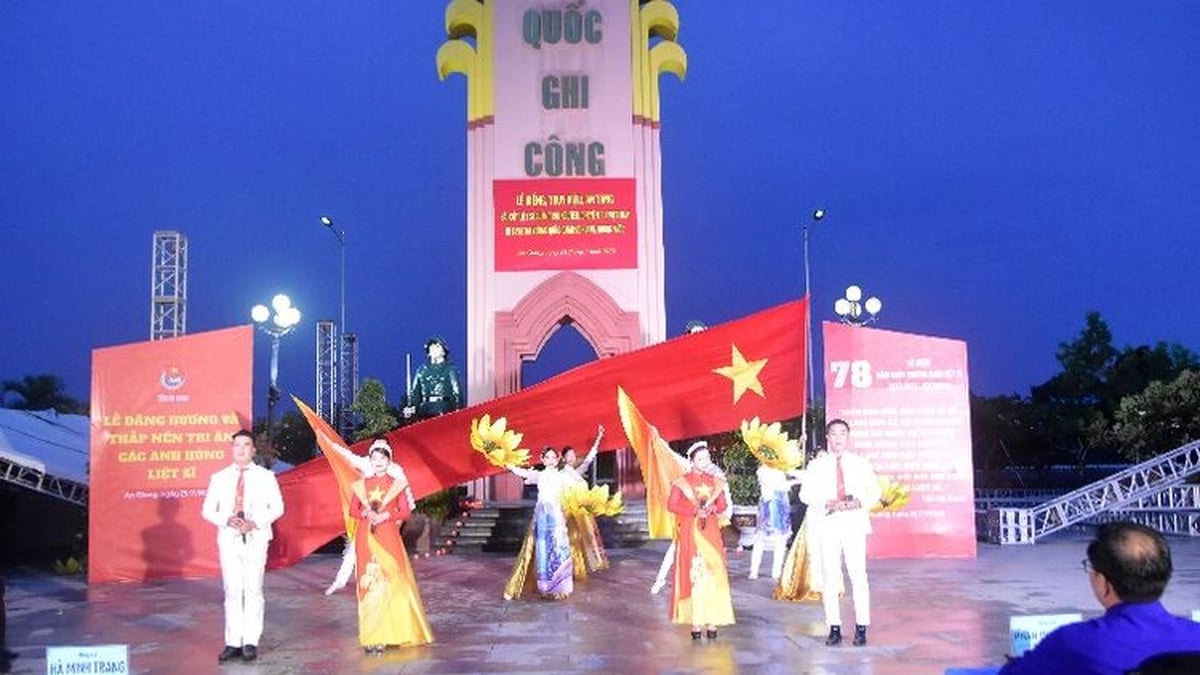













![[Photo] National Assembly Chairman Tran Thanh Man visits Vietnamese Heroic Mother Ta Thi Tran](https://vphoto.vietnam.vn/thumb/1200x675/vietnam/resource/IMAGE/2025/7/20/765c0bd057dd44ad83ab89fe0255b783)












































































Comment (0)